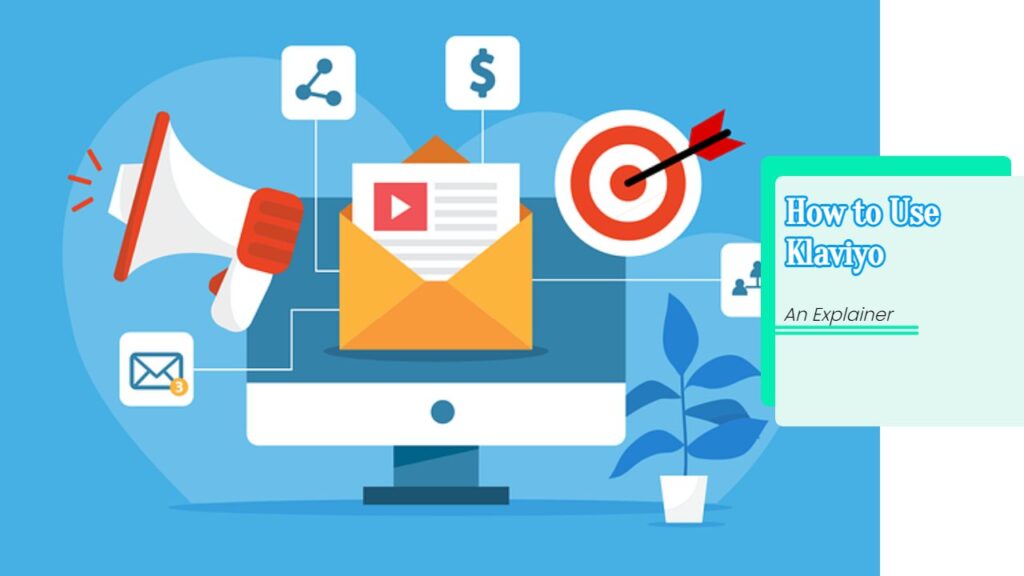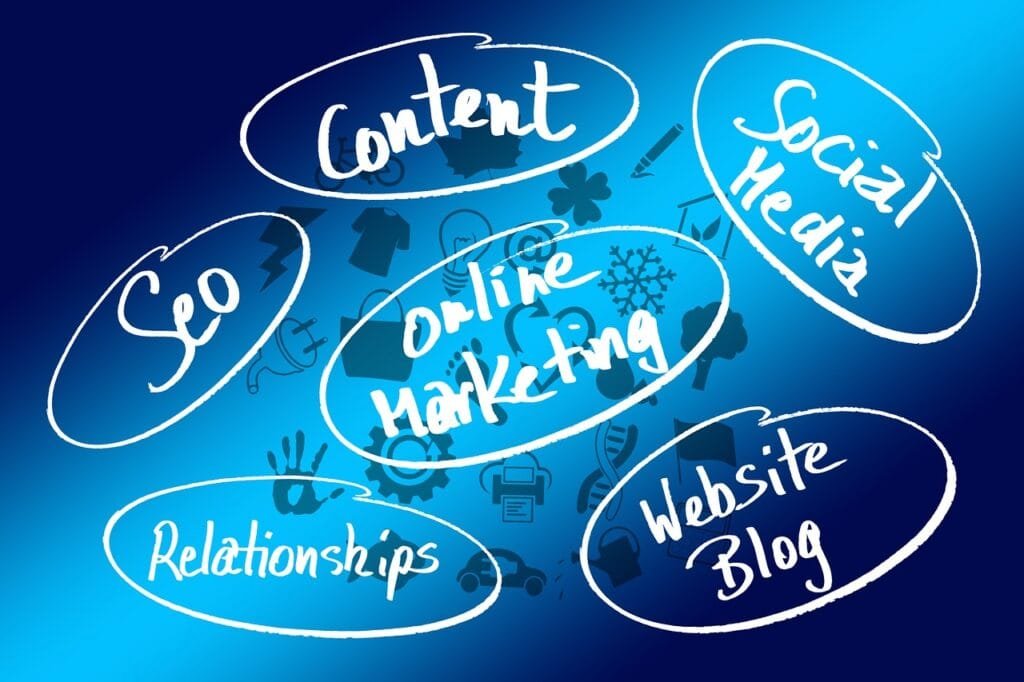Understanding Customer Feedback
Effective customer feedback mechanisms are crucial for any business looking to expand its customer base. This section covers the significance of customer feedback and the benefits of positive responses, providing insights into how you can harness this information for growth.
Importance of Customer Feedback
Listening to customer feedback is essential as it makes customers feel valued, fostering positive associations with your brand. This connection can lead to increased sales in the future. Furthermore, customer feedback facilitates a deeper understanding of factors that may have been overlooked, such as free shipping, quality of customer service, or website usability. Addressing these factors creates satisfied customers who are more likely to return, a key element for scaling your business.
Emphasizing the importance of customer feedback, businesses can identify patterns and trends, allowing for better decision-making. Negative feedback offers an opportunity for improvement and growth. By addressing issues promptly, you can prevent potential negative reviews and reinforce customer loyalty through attentive responses.
The table below summarizes the benefits of gathering customer feedback:
| Benefit | Description |
|---|---|
| Customer Loyalty | Builds trust and repeat business |
| Product Improvement | Identifies areas for enhancement and innovation |
| Positive Branding | Creates favorable word-of-mouth advertising through satisfaction |
| Market Insights | Reveals customer preferences and pain points |
Value of Positive Feedback
Positive customer feedback is invaluable for your marketing efforts. It not only bolsters your brand image but can also lead to increased positive reviews and recommendations. These endorsements are essential for attracting new customers through word-of-mouth advertising, a strategy proven to be highly effective in customer acquisition.
Customer feedback helps you understand what resonates with your audience, allowing you to refine your offerings. By focusing on product or service elements that customers appreciate, you can enhance satisfaction and loyalty. Additionally, leveraging positive feedback in marketing materials and social proof can strengthen your branding further.
To expand your knowledge on this topic further, consider exploring the following internal links: customer acquisition tactics, customer loyalty improvement, and target audience expansion.
Leveraging Data for Growth
In today’s competitive landscape, leveraging data is essential for expanding your customer base. Understanding how to effectively utilize data can provide you with the insights necessary to enhance your marketing strategies and drive growth.
Strategic Use of Data
The strategic use of data involves measuring performance, setting goals, and guiding improvements. By acting on the insights gained from data analysis, you can gain a competitive advantage in the marketplace. It is imperative to comprehend your business goals before utilizing data to achieve them, as data supports business operations but does not replace strategic direction. Ensuring that your data reflects all aspects of the organization can foster a cohesive strategy that encompasses marketing and customer engagement initiatives (Pragmatic Institute).
A structured approach to data allows businesses to define key performance indicators (KPIs), monitor progress, and adjust strategies based on measurable outcomes. This ongoing analysis enables you to track trends over time, ensuring that your marketing efforts are both efficient and effective.
| KPI Category | Example Metrics |
|---|---|
| Customer Acquisition | Cost per Acquisition (CPA), Conversion Rate |
| Customer Engagement | Click-Through Rate (CTR), Bounce Rate |
| Revenue Growth | Average Revenue Per User (ARPU), Monthly Recurring Revenue (MRR) |
Data Collection and Utilization
To expand your customer base, you need to collect and utilize data effectively. Data can serve various functions, such as building a comprehensive customer database, tracking customer interactions, and deriving valuable insights for marketing investments (Pragmatic Institute).
You should focus on the quality of data collected to ensure reliability. Tailoring data to meet the specific needs of your target audience enhances its relevance and utility. Integrating data workflows into daily business operations guarantees that your team remains aligned with the overarching business goals.
Investing in robust data infrastructure and analytics tools is critical. This commitment to becoming a data-driven organization includes training your team to effectively utilize data in decision-making processes. Bridging the gap between data collection and business strategy is essential to successfully leverage insights, allowing for more informed marketing campaigns and better customer relationship management (Pragmatic Institute).
For further reading on enhancing your customer acquisition tactics and customer relationship management strategies, visit the links provided. Adopting effective data practices will ultimately aid in your quest on how to expand customer base.
Exploring New Markets
Expanding into new markets is a vital strategy for businesses looking to grow their customer base. Understanding market expansion strategies and insights from market research can enhance your efforts in this area.
Market Expansion Strategies
Target market expansion involves identifying and pursuing new market segments or customer groups to broaden the reach and impact of your product or service. This strategic process allows businesses to tap into untapped markets, diversify revenue streams, and drive sustainable growth (Appinio).
Consider the following strategies for market expansion:
| Strategy | Description |
|---|---|
| Exporting | Selling products in foreign markets to reach new customers. |
| B2B Markets | Targeting businesses as customers, which may offer bulk sales opportunities. |
| B2C Markets | Expanding direct sales to consumers through various channels. |
Customized messaging, channels, and tactics are essential for effective connection and engagement with new target segments. Tailoring your marketing strategies helps maximize impact and resonate with the expanded market.
Market Research Insights
Market research plays a crucial role in identifying new opportunities and guiding target market expansion efforts. It uncovers potential opportunities for expansion, market trends, and consumer behavior studies (Appinio). Useful insights may include:
- Market Trends: Understanding shifts in consumer preferences or innovations within your industry.
- Consumer Behavior: Analyzing how different demographics interact with your products.
- Competitor Analysis: Evaluating how competitors are engaging similar markets.
Segmenting the market based on variables like demographics, psychographics, geography, and behavior helps identify gaps for expansion. This allows you to cater to unmet needs or underserved markets within your industry.
For continuous improvement in your expansion strategies, consider leveraging insights from customer demographics analysis and customer base segmentation. These analyses can guide your efforts in effectively reaching new audiences and increasing customer acquisition.
Target Market Identification
Identifying your target market is essential for effectively expanding your customer base. Understanding who your potential customers are allows you to create tailored marketing strategies that resonate with their needs and preferences. This section will address market segmentation and how to tailor your marketing strategies accordingly.
Market Segmentation
Market segmentation is the process of dividing your broader market into smaller, more defined categories based on specific characteristics. By segmenting the market based on variables like demographics, psychographics, geography, and behavior, businesses can uncover gaps for expansion. This method allows you to cater to unmet needs or underserved markets within your industry. For in-depth insights, see our resource on customer base segmentation.
| Segmentation Variable | Description |
|---|---|
| Demographics | Age, gender, income, education level |
| Psychographics | Lifestyle, values, opinions |
| Geography | Location, climate, urban vs rural |
| Behavior | Purchase habits, brand loyalty, product usage |
Tailoring Marketing Strategies
Once you have segmented your market, the next step is tailoring your marketing strategies to each specific segment. Customizing messaging, channels, and tactics is essential for effective connection and engagement. This approach maximizes impact and ensures your message resonates with the expanded target market. Before implementing a marketing strategy, you must define your target audience clearly. This includes understanding their demographics, needs, and preferences (Revnew).
For example, if one of your segments consists of young professionals, your marketing strategy may focus on digital channels like social media and email campaigns, while also highlighting convenience and value in your messaging.
| Strategy Component | Young Professionals | Retirees |
|---|---|---|
| Messaging Focus | Convenience, savings | Quality, comfort |
| Preferred Channels | Social media, email | Direct mail, community events |
| Promotion Types | Flash sales, subscription services | Discounts, loyalty programs |
Tailoring your marketing efforts based on these insights leads to better customer engagement and increases your potential for growth. To learn more about effective customer acquisition strategies, explore our article on customer acquisition tactics.
Driving Business Growth
Increasing your customer base requires effective strategies that leverage existing resources and relationships. Two key approaches to drive this growth are referral marketing strategies and strategic partnerships.
Referral Marketing Strategies
Referral marketing is one of the most effective ways to attract new customers. This technique leverages the satisfaction of existing customers, turning them into brand advocates who share your business within their networks. According to a report, referral marketing generates three to five times higher conversion rates than most channels (Revnew).
To implement a successful referral campaign, consider the following elements:
| Strategy | Description |
|---|---|
| Incentives | Offer rewards such as discounts or freebies for successful referrals. |
| Create Shareable Content | Design content that is easy for customers to share on social media platforms. |
| Customer Testimonials | Use satisfied customers’ reviews to encourage others to try your products or services. |
Building loyalty through referral marketing not only enhances your customer base but also improves your customers’ overall experience. For more on enhancing relationships with your customers, visit our guide on customer relationship management strategies.
Strategic Partnerships
Engaging in strategic partnerships can provide significant benefits in expanding your customer base. High-growth potential brands are three times more likely to engage in complementary business partnerships, which can drive traffic and enhance value for all involved parties (Revnew).
To form effective partnerships, consider the following steps:
| Steps | Description |
|---|---|
| Identify Complementary Brands | Choose businesses that share a similar target audience without competing directly with your offerings. |
| Create Joint Promotions | Develop collaborative marketing campaigns, such as bundled offers or co-hosted events. |
| Cross-Promotion | Utilize each partner’s marketing channels to promote the others’ products or services. |
Strategic partnerships can drive mutual growth and introduce your brand to new audiences. For insights on attracting new customers through various strategies, refer to our article on attracting new customers.
By implementing referral marketing and strategic partnerships, you can significantly expand your customer base while creating a robust network of advocates and collaborators to enhance overall business growth.
Product Development and Feedback
Customer-Centric Approach
To successfully expand your customer base, you must adopt a customer-centric approach in product development. Customer feedback plays a pivotal role in shaping your offerings. According to Forbes, integrating customer insights into your product updates allows you to fine-tune offerings to better align with customer needs. By addressing customer pain points, you can create products or services that resonate with your audience.
Building loyalty with customers through customized solutions based on their feedback significantly increases customer retention rates. As you develop your products, prioritize understanding what your customers desire. This approach not only helps retain existing customers but also supports the growth of your customer base.
| Key Elements of a Customer-Centric Approach |
|---|
| Collect regular customer feedback |
| Analyze feedback for trends and pain points |
| Implement changes based on insights |
| Follow up with customers to validate changes |
Continuous Improvement
Continuous improvement is crucial in maintaining a competitive edge in today’s dynamic market. When you embrace a culture of continuous improvement guided by customer feedback, you foster innovation and enable the identification of unmet customer needs. As outlined by Forbes, quickly integrating customer feedback into your offerings allows your company to outpace competitors, respond to emerging trends, and adapt to new technologies.
This iterative process not only leads to the creation of new products or services but also drives organic growth. Ensure that your team is trained to view customer feedback as a valuable resource for improvement. Consider establishing a structured feedback loop where insights are regularly gathered, reviewed, and actioned upon. This will create an agile environment that can promptly react to customer demands, helping to expand your customer base effectively.
| Steps for Continuous Improvement |
|---|
| Foster a culture that values feedback |
| Establish a structured feedback loop |
| Regularly review customer insights |
| Implement iterative changes to products/services |
By prioritizing a customer-centric approach and committing to continuous improvement, you position your business to attract and retain more customers. For further strategies on how to expand your customer base, explore our articles on customer acquisition tactics and customer retention methods.
Technology for Customer Base Growth
In today’s digital landscape, utilizing technology effectively can play a pivotal role in expanding your customer base. This section will cover AI integration strategies and email sharing initiatives as two key approaches to achieving growth.
AI Integration Strategies
Integrating artificial intelligence (AI) into your marketing and sales strategies can significantly enhance your ability to reach and engage with potential customers. Utilizing generative AI can help small and medium-sized businesses (SMBs) to create effective content marketing strategies, reducing barriers and costs associated with differentiation and expertise promotion (Forbes).
Moreover, leveraging AI allows for better targeting of new customer segments. By analyzing customer data, businesses can identify overlooked markets and align their marketing efforts accordingly. This strategic use of AI not only helps in reducing customer acquisition costs but also creates opportunities for expanding your customer base effectively.
Here’s a summary of the benefits of AI integration:
| Benefit | Description |
|---|---|
| Cost Reduction | Lowers expenses associated with customer acquisition. |
| Enhanced Targeting | Enables targeting of new, overlooked customer segments. |
| Improved Marketing Strategy | Streamlines content creation and marketing efforts. |
For further insights on customer acquisition tactics, refer to our article on customer acquisition tactics.
Email Sharing Initiatives
Email marketing remains one of the most effective tools for reaching out to potential customers and nurturing existing relationships. Implementing referral programs through email can encourage your current customers to share your business with their networks.
Creating incentives for customers to share your emails can increase your reach. For example, offering discounts or rewards for successful referrals motivates customers to encourage others to engage with your brand. The growth potential stemming from word-of-mouth marketing is substantial.
To maximize the effectiveness of your email sharing initiatives, consider the following components:
| Initiative | Purpose |
|---|---|
| Referral Programs | Encourage sharing of business through incentives. |
| Targeted Email Campaigns | Direct emails to specific customer segments. |
| Engaging Content | Provide valuable content that customers want to share. |
For additional resources on customer relationship strategies, visit our article on customer relationship management strategies.
By embracing these technological approaches, you can enhance your marketing efforts and drive growth in your customer base. Explore further strategies on expanding your reach with insights into topics like increasing customer base and customer base engagement strategies to elevate your business outcomes.
Engaging New Audiences
You have a variety of strategies at your disposal when it comes to expanding your customer base. Two effective methods include hosting virtual events and implementing digital marketing strategies. These approaches can help you reach new audiences and create lasting connections with potential customers.
Hosting Virtual Events
Hosting virtual events and webinars allows you to connect with new audiences while showcasing your expertise in your field. By utilizing technology, small to medium-sized businesses (SMBs) can engage potential customers and build relationships through informative presentations and discussions. Virtual events not only enhance brand visibility but also foster interaction, making attendees feel valued and informed.
According to Forbes, SMBs can effectively expand their customer base through these digital marketing channels.
To maximize the effectiveness of your virtual events, consider the following best practices:
| Best Practices for Hosting Virtual Events |
|---|
| Select relevant topics that resonate with your target audience. |
| Promote your event through social media, email newsletters, and your website. |
| Utilize interactive features such as Q&A sessions and polls to enhance engagement. |
| Follow up with attendees after the event to gather feedback and provide additional resources. |
Digital Marketing Strategies
Digital marketing is an essential tool for reaching new customers and enhancing brand awareness. You can utilize various tactics to engage your target audience and drive traffic to your website.
Social Media Marketing: Leverage platforms such as Facebook, Instagram, and LinkedIn to connect with potential customers. Create targeted ads that highlight your products or services, and engage with users through posts and comments.
Content Marketing: Develop valuable content that appeals to your audience’s interests. Blogs, tutorials, and videos can help establish your authority in your industry while attracting new customers.
Search Engine Optimization (SEO): Optimize your website and content for search engines to improve visibility. This includes using relevant keywords, optimizing meta tags, and ensuring a mobile-friendly design.
Email Marketing: Build an email list of interested prospects and send them regular updates, promotions, and informative content. This approach helps keep your brand in front of potential customers and encourages them to take action.
By incorporating these strategies into your marketing efforts, you can effectively boost your customer acquisition efforts. For more detailed information on how to practically apply these strategies, check out our resources on attracting new customers and increasing your customer base. Implementing these techniques can lead to increased visibility and engagement, ultimately contributing to the growth of your business.





















